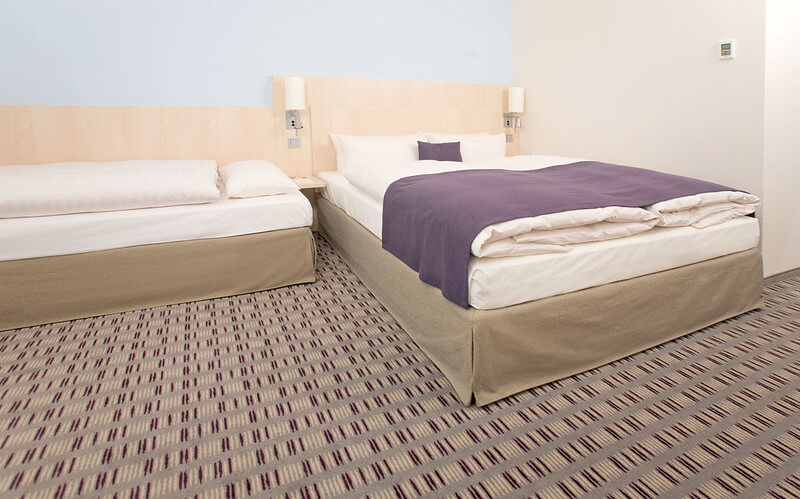Have you ever been annoyed by the sounds from the apartment next door or just wanted to keep the sound in your home confined to the room where it was produced? If so, soundproofing your room may be an excellent idea. It’s not hard, and you don’t need any special tools. Just follow these six steps, and you will be well on your way to having a quiet place of your own or making your existing space that much better! Let’s get started!
1) Seal any holes
The first step to soundproofing a room is to identify and seal any holes that might let noise in. Look for cracks around doors and windows, and check for gaps between the floor and baseboards. If you can see the light shining through, sound can get through, too. Use weather stripping or caulk to fill these gaps and block out noise.
2) Insulate the walls
One of the best ways to soundproof a room is to insulate the walls. This will help to reduce the amount of noise that comes through from the outside and also help to reduce echo and reverberation inside the room. There are a few different ways you can insulate your walls
3) Insulate the ceiling
Another good way to soundproof a room is to insulate the ceiling. This will help to block out any noise that comes from above. You can use either acoustic insulation or soundproofing foam. Acoustic insulation is more expensive but will last longer and be more effective. Soundproofing foam is cheaper but will need to be replaced more often.
4) Add carpet, rugs, and pads
Carpet, rugs, and pads are great for absorbing noise. They can also help to muffle footsteps and other sounds. Plus, they add a bit of insulation to the room, which can help to keep sound from escaping. Here are a few tips for soundproofing your home or office with carpet, rugs, and pads
5) Cover exposed pipes
You can soundproof your room by starting with the basics: exposed pipes. Anywhere there is an opening, air can travel in and out, carrying noise. So, the first step is to cover any exposed pipes. You can use acoustic sealant, caulk, or even duct tape to create a barrier between the noise and your space.
6) Replace your windows with double panes
Finally, soundproofing your space may require replacing your windows with double panes. This will help to reduce the amount of outside noise that comes in. You can also add curtains or blinds to block out sound further. If you live in a particularly noisy area, you may consider installing soundproof windows.
summary
Follow these seven simple steps and get to a soundproofed room.
- Start with the doors. Ensure they fit snugly in their frames and seal any gaps with weatherstripping.
- Windows are the next place to focus on.
- Add some mass to the walls by hanging tapestries or drapes.
- Consider using an acoustic panel system to help with sound absorption.
- Finally, don’t forget about the floor!

